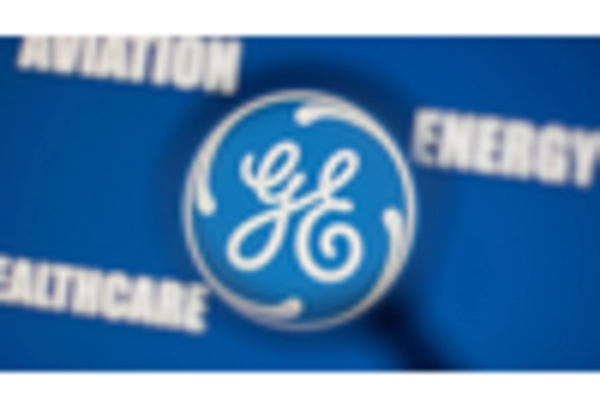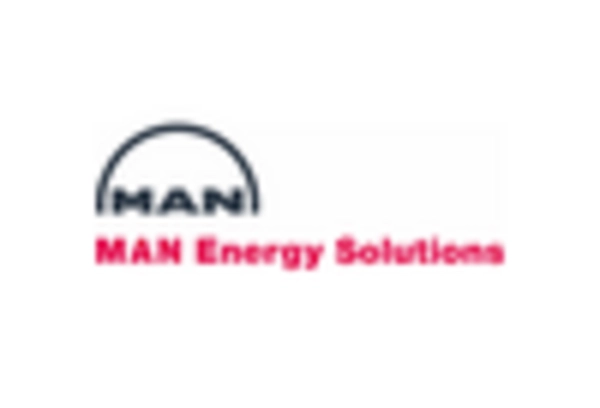Rising Fuel Prices
The dual fuel-engine market is experiencing a notable surge due to the rising prices of traditional fuels. As gasoline and diesel prices fluctuate, consumers and businesses are increasingly seeking alternative solutions to mitigate costs. Dual fuel engines, which can operate on both natural gas and diesel, offer a compelling solution. In the US, the average price of gasoline has seen a significant increase, prompting a shift towards more cost-effective fuel options. This trend is likely to drive demand for dual fuel engines, as they provide flexibility and potential savings. The dual fuel-engine market is thus positioned to benefit from this economic pressure, as more stakeholders recognize the financial advantages of adopting dual fuel technology.
Environmental Regulations
The dual fuel-engine market is significantly influenced by stringent environmental regulations aimed at reducing emissions. In the US, regulatory bodies are enforcing stricter standards for vehicle emissions, compelling manufacturers to innovate and adopt cleaner technologies. Dual fuel engines, which can utilize cleaner-burning natural gas, align well with these regulatory frameworks. The Environmental Protection Agency (EPA) has set ambitious targets for reducing greenhouse gas emissions, which could potentially enhance the attractiveness of dual fuel engines. As companies strive to comply with these regulations, the dual fuel-engine market is likely to see increased investment and development, fostering growth and innovation in cleaner engine technologies.
Technological Innovations
The dual fuel-engine market is benefiting from ongoing technological innovations that enhance engine performance and efficiency. Advances in engine design, fuel injection systems, and control technologies are making dual fuel engines more reliable and efficient. In the US, manufacturers are investing heavily in research and development to improve the capabilities of dual fuel systems. This focus on innovation is likely to attract more consumers and businesses to the dual fuel-engine market, as enhanced performance translates to lower operational costs and improved environmental compliance. The integration of smart technologies, such as real-time monitoring and adaptive fuel management, further positions dual fuel engines as a viable option for a wide range of applications.
Economic Incentives for Adoption
The dual fuel-engine market is supported by various economic incentives aimed at promoting cleaner technologies. In the US, federal and state governments are offering tax credits, grants, and rebates to encourage the adoption of dual fuel engines. These financial incentives lower the initial investment barrier for businesses and consumers, making dual fuel technology more accessible. As the dual fuel-engine market continues to evolve, these economic incentives are likely to play a crucial role in driving adoption rates. The potential for reduced operational costs, combined with government support, positions dual fuel engines as an attractive option for a wide range of applications.
Growing Demand for Energy Security
The dual fuel-engine market is increasingly driven by the growing demand for energy security in the US. As geopolitical tensions and supply chain disruptions become more prevalent, businesses and consumers are seeking reliable energy sources. Dual fuel engines provide the flexibility to switch between fuels, ensuring operational continuity even in times of fuel shortages. This adaptability is particularly appealing to industries reliant on consistent energy supply, such as transportation and logistics. The dual fuel-engine market is thus poised to capitalize on this trend, as stakeholders prioritize energy resilience and seek solutions that mitigate risks associated with fuel supply volatility.

















Leave a Comment